[ESP/ENG] Rutina para recuperar las piernas y las rodillas luego de una lesión y extracción de líquidos./Post-injury leg and knee recovery and fluid removal routines



No había señales de fracturas ni fisuras, pero si una gran cantidad de líquido, el médico en cuestión procedió a extraer el líquido y mi sorpresa fue la gran cantidad qué logro sacar, fueron 110 cc lo que retiro de mi rodilla, luego de eso inmovilizo la pierna con un yeso por tres semanas.
Al retirar el yeso hace una semana me dijo que siguiera con una semana más de reposo y que luego hiciera terapia, al ver mi pierna izquierda al retirar el yeso, pude nota la flacidez y la perdida de músculos, y por supuesto el volumen en comparación a la pierna derecha, el lunes comencé ir al fisiatra y me recomendó una serie de ejercicios en casa a demás de los que hacemos en consulta, es por eso que les traigo esta rutina para recuperar las condiciones y fuerza en mi pierna izquierda.
La rutina consta de 5 ejercicios muy sencillos si estamos a plenitud de condiciones, pero muy difícil si estamos saliendo de una fuerte lesión, como es actualmente mi caso, por todo esto es que les estoy contando es que no he podido subir más rutinas como lo hacía con frecuencia, espero recuperarme muy pronto para poder iniciar mis entrenamientos, sin más que agregar, comencemos.

An injury in the knees or in both is very painful, well I am a faithful example of that, more than two months ago I suffered a strong blow in the left knee playing sports, specifically playing basketball, it was something that I had never experienced, the inflammation was evident, I went to the traumatologist and he indicated me a plate for that area and to come back with the results.
There were no signs of fractures or fissures, but there was a large amount of liquid, the doctor in question proceeded to extract the liquid and my surprise was the large amount that he managed to remove, there were 110 cc what he removed from my knee, after that he immobilized the leg with a cast for three weeks.
When the cast was removed a week ago he told me to continue with one more week of rest and then do therapy, when I saw my left leg after removing the cast, I could notice the flaccidity and loss of muscles, and of course the volume compared to the right leg, on Monday I started going to the physiatrist and he recommended a series of exercises at home in addition to those we do in consultation, that is why I bring you this routine to regain the conditions and strength in my left leg.
The routine consists of 5 very simple exercises if we are in full condition, but very difficult if we are coming out of a strong injury, as is currently my case, for all this is that I am telling you is that I have not been able to upload more routines as I did often, I hope to recover very soon to start my workouts, without further ado, let's start.
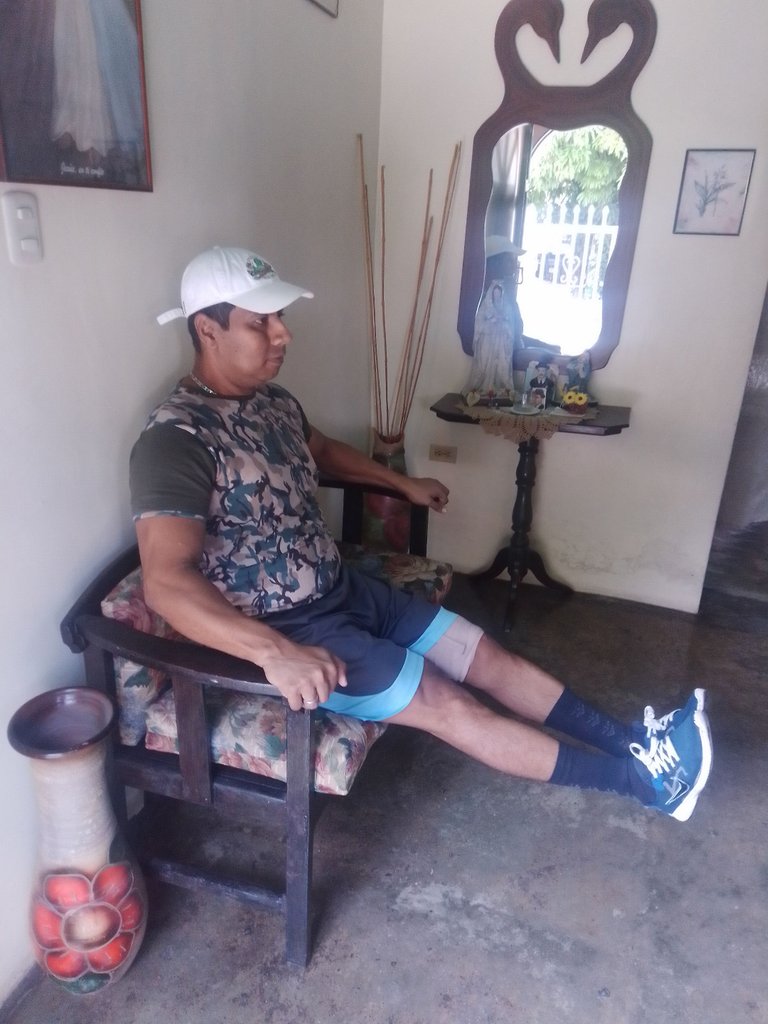
Aquí vamos a hacer cuatro series de 10 repeticiones, primero con cada una de las piernas y luego de manera simultánea, se va a subir la pierna afectada hasta donde pueda llegar, y se buscara subir un poco más cada día que se esté en rehabilitación, el tiempo de descanso entre series puede ser de un minuto para tratar de no forzar la zona lesionada.
The first exercise to perform for this routine is the exemptions without weight, it should be noted that in order to start these exercises we must warm up the legs very well, if you have a bike is ideal to put the gears softer and roll on a flat area that does not require demand on the knee, or go for a short walk of about two or three blocks.
Here we are going to do four series of 10 repetitions, first with each leg and then simultaneously, the affected leg will be raised as far as it can go, and we will try to raise a little more each day that we are in rehabilitation, the rest time between series can be one minute to try not to force the injured area.
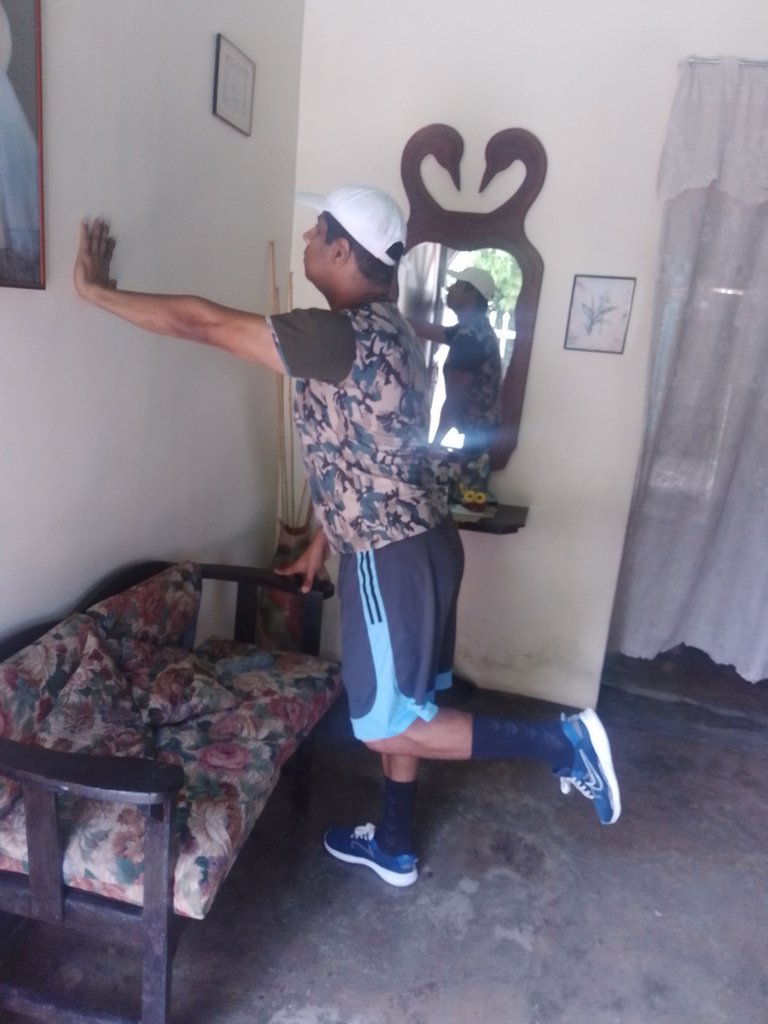
Aquí también haremos 4 series de 10 repeticiones con un tiempo de descanso de 1 y medio. Debemos de tener mucho cuidado a la hora de quedar de pie con la pierna lesionada, ya que el peso podría afectar a la rodilla en sí, y eso es lo que debemos evitar a toda costa, tampoco podemos olvidar la importancia de la hidratación mientras hacemos estos ejercicios.

The second exercise to perform is with the support of a piece of furniture or wall, work the femoral muscles, but doing a full extension in order to stretch the ligaments, which are essential for the proper movement of the leg and thus strengthen the back of the knee.
Here we will also do 4 sets of 10 repetitions with a rest time of 1 and a half. We must be very careful when standing with the injured leg, as the weight could affect the knee itself, and that is what we must avoid at all costs, nor can we forget the importance of hydration while doing these exercises.
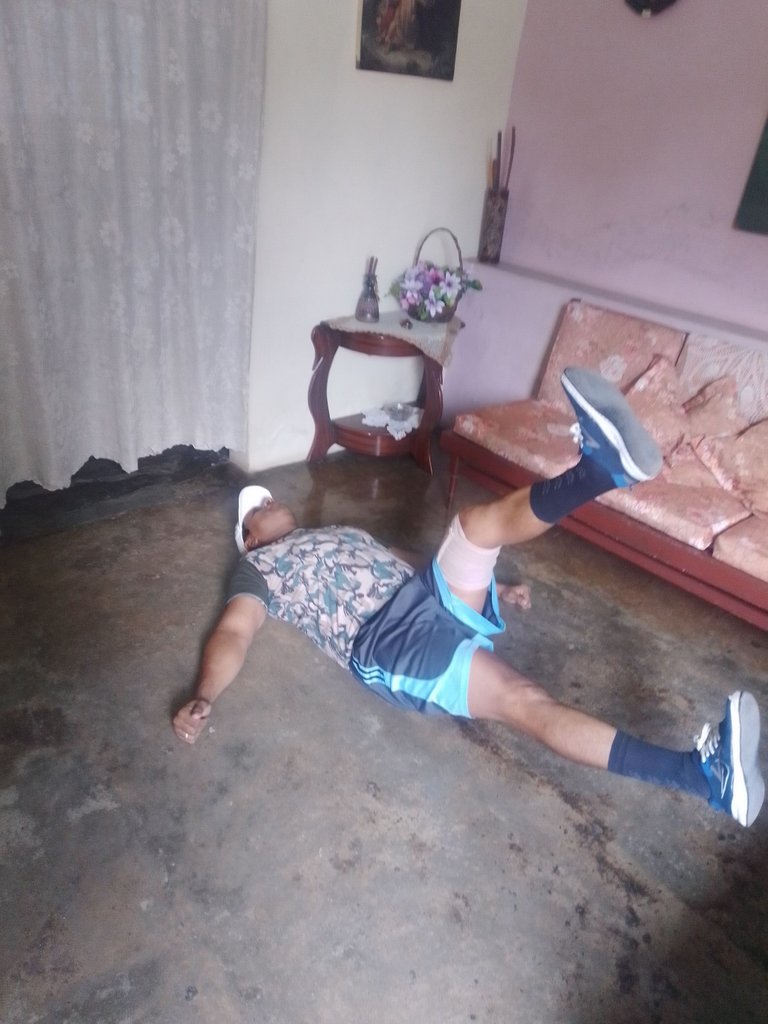
Para realizar este ejercicio podemos usar una colchoneta o hacerlo libremente, así como lo estoy ejecutando como podrán observar, aún tengo una venda especial para ayudar a la estabilidad y aún no puedo poner de manera recta la pierna, y es que es poco a poco como se los mencione al comienzo de la publicación, son 4 series de 12 repeticiones con intervalos de descansos de 50 segundos.
Third exercise, leg lifts to strengthen the quadriceps and front muscles of the leg, which are above the knee, here we seek to regain strength in the muscle mentioned above, in order to have more stability when walking and avoid a relapse in the affected area.
To perform this exercise we can use a mat or do it freely, as I am doing it as you can see, I still have a special bandage to help stability and I still can not put the leg straight, and it is little by little as I mentioned at the beginning of the publication, are 4 sets of 12 repetitions with rest intervals of 50 seconds.
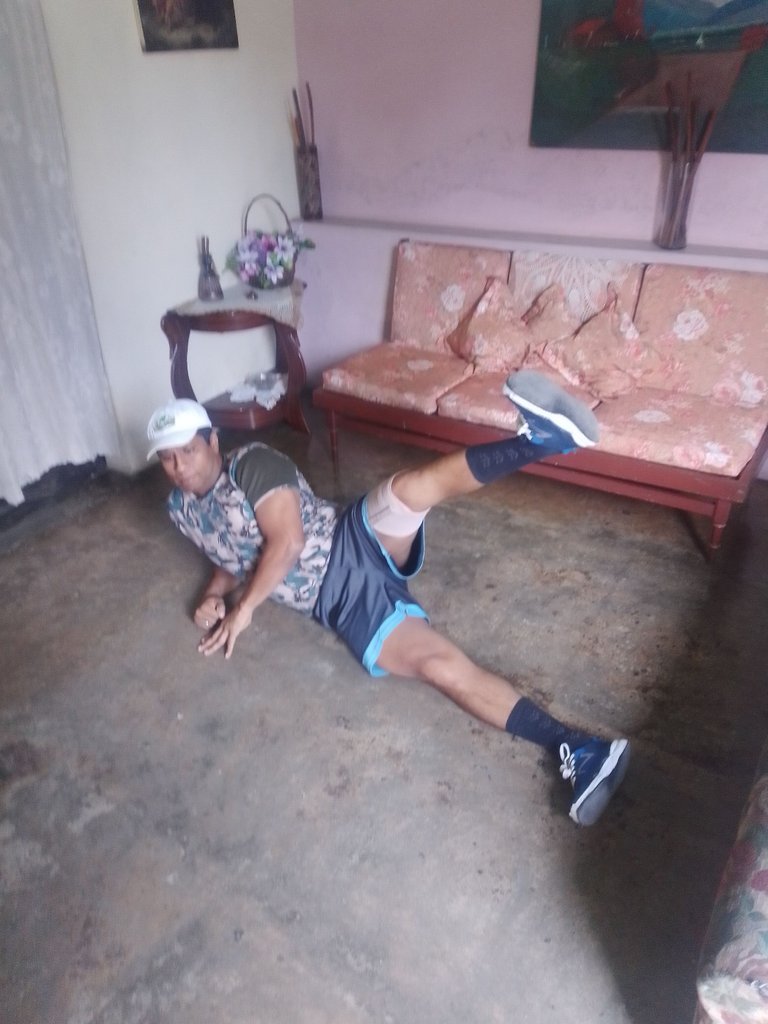
Aquí bajamos un poco la intensidad de las series y haríamos tres de 12 repeticiones, con una buena técnica y evitando a toda costa de hacer movimientos fuertes que en vez de ayudarnos nos pueda hacer retroceder y recrudecer la lesión, el descanso mínimo debe ser de 50 segundos entre serie y serie.

Lateral raises is the fourth movement that we will be performing in search of full recovery from the injury that afflicts us in the left knee, with this exercise we seek to strengthen the inner area of the legs and external, with that we would give much more support to our leg, remember that if there are no strong muscles to support our weight of the upper body, the knee would take the full impact.
Here we lower a little the intensity of the series and we would make three of 12 repetitions, with a good technique and avoiding at all costs to make strong movements that instead of helping us can make us go back and recrudesce the injury, the minimum rest must be of 50 seconds between series and series.
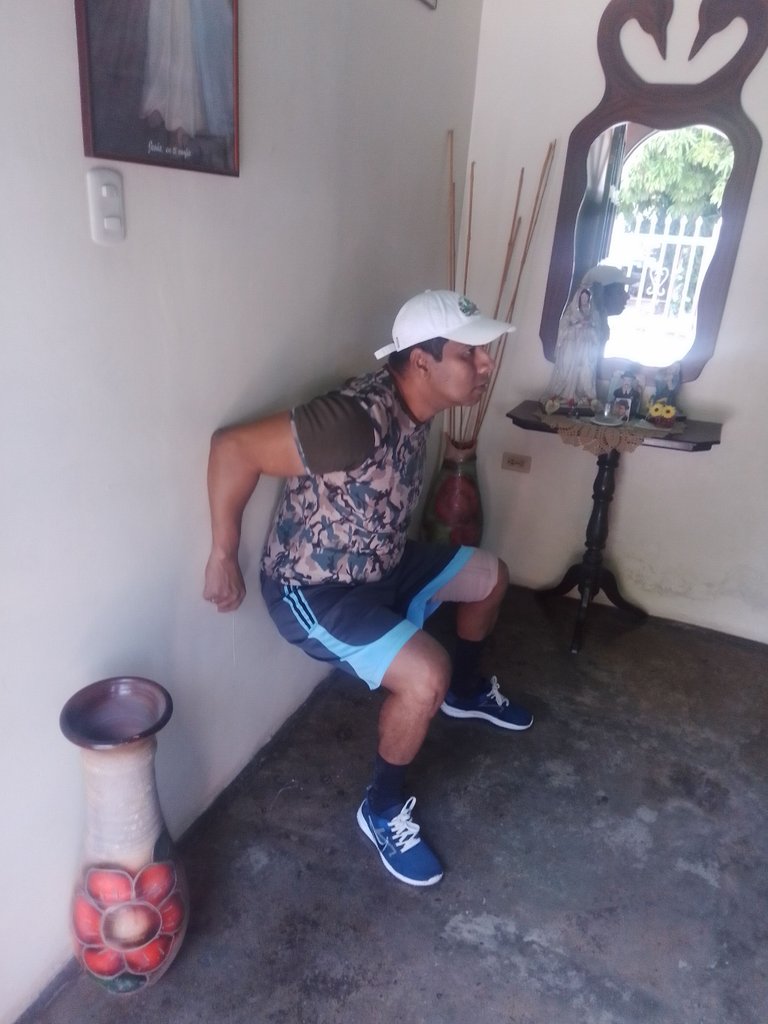
Las series en este último movimiento serán tres y las repeticiones de 8 a 10 dependiendo como se vayan sintiendo, descansos de 1 minuto, se deja de último a las sentadillas debido a que son de alto impacto en la articulación antes mencionada, y para llegar y evitar daños es bueno hacer los otros ejercicios y que esté bien caliente a la hora de ejecutar el ejercicio, bueno ya saber que deben hacer cada uno de los movimientos con cuidados y si pueden usar una rodillera muchos mejor, esto sería una rutina diaria para lograr la recuperación lo más pronto posible, no olviden estar en constante contacto con su fisiatra para tener un verdadero control.

To finish this rehabilitation routine, we will do squats, but this time helping us with the wall to not let our weight fall directly to the injured knee, we must go down very slowly and carefully as far as we can go down without making more effort or pressure, you will see that as the days go by you will be able to go down much more and in time you will not need help or support on the wall.
The series in this last movement will be three and the repetitions of 8 to 10 depending on how you are feeling, rests of 1 minute, squats are left last because they are of high impact on the joint mentioned above, and to reach and avoid damage is good to do the other exercises and that is very hot at the time of executing the exercise, good to know that you should do each of the movements with care and if you can use a knee brace much better, this would be a daily routine to achieve recovery as soon as possible, do not forget to be in constant contact with your physiatrist to have a real control.
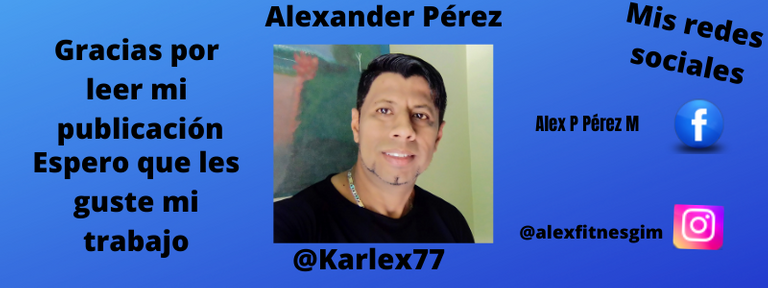
Congratulations @karlex77! You have completed the following achievement on the Hive blockchain and have been rewarded with new badge(s):
Your next target is to reach 4250 upvotes.
You can view your badges on your board and compare yourself to others in the Ranking
If you no longer want to receive notifications, reply to this comment with the word
STOPSupport the HiveBuzz project. Vote for our proposal!
muy buena rutina, poco se comparte, ejercicios para rehabilitacion, y son claves en la recuperacion de una lesion o de un procedimiento quirurgico.
Hace años me opere la rodilla derecha, una lesion de meniscos, y la recuperacion fue lenta, yo decia, como hacen los atletas, siempre senti mucho dolor, y la recuperacion fue dolorosa. Y con el fisiatra, el me dijo que mi lesion, con terapia se podia sanar, que requeria de mucha constancia, 8 a 10 meses de terapia. Entonces uno cree que eso es mucho tiempo, que es mejor operarse y la verdad despues de operarme, creo que eran mejor los meses de terapia.
Gracias por compartir estos ejercicios, uno realmente les ve la importancia, cuando los requiere.
Saludos 👍
Muchas gracias por tu comentario es valioso para mí y me inspira a traer muchos mas